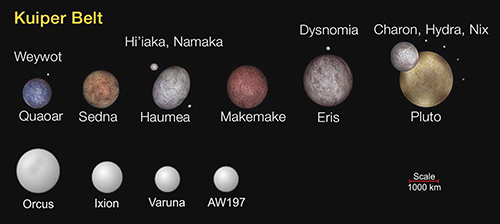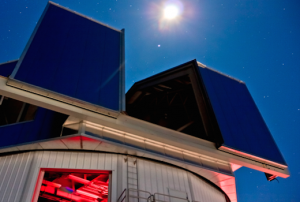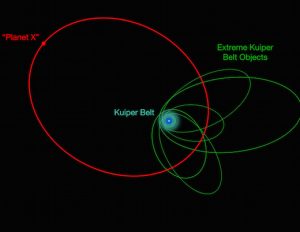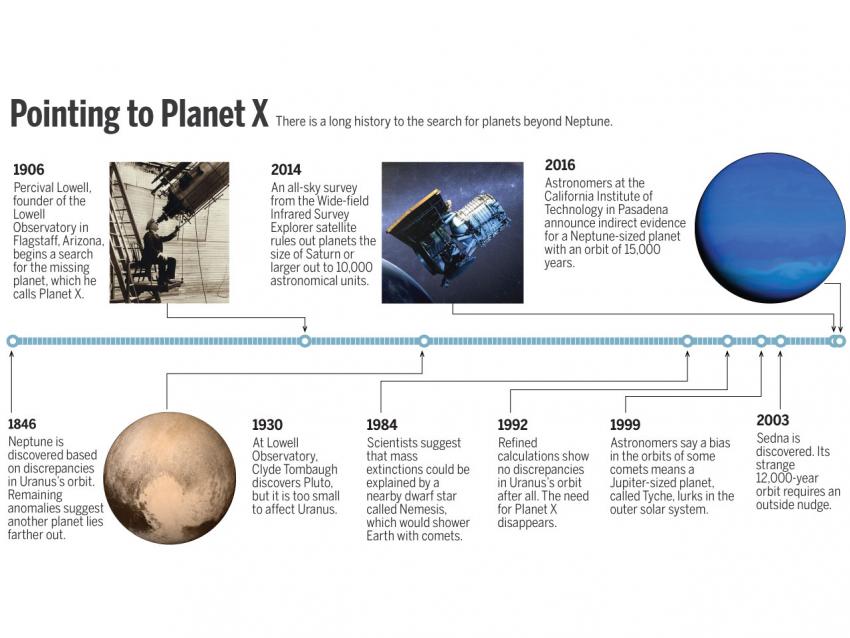BY NICK SNOW
Our solar system might have a ninth planet again.
After Pluto was snubbed from being a planet in 2006, the solar system somehow seemed smaller. Things have changed in a big way and we might have a planet at least 10 times the size of earth. Kinstantin Batygin and Mike Brown of the California Institute of Technology in Pasadena, who wrote about the possibility of the planet in The Astronomical Journal, both claim that they have the strongest piece of evidence of a planet beyond Pluto.
Brown and Batygin say the planet is there by the movement of Pluto and other icy clusters, something is clearly pulling these objects away from the sun. Brown was actually known for being a planet killer after he discovered Eris in the Kuiper Belt. Anything past the orbit of Neptune is considered part of the Kuiper Belt. After the discovery of Eris astronomers classified Pluto as a dwarf planet. Brown released a book later on titled How I Killed Pluto.

The mystery planet has been nicknamed “Planet X” by Percival Lowell, whose quest was to find it at the start of the 20th century. Lowell hypothesized that because of odd movements in Uranus and Neptune’s orbits around the sun that there must be a planet with enough gravitational pull to affect the giants of our solar planet. Unfortunately, Planet X has always been scrutinized. Any attempt to research the planet has been prevented by far-fetched claims and scientists claiming there’s just no way. For years, scientists have been called crazy when they address the topic. “Why is this different? This is different because this time we’re right,” Brown.

The announcement does not mean there is a new planet in our solar system. The planet is only theoretical at this point because there has been no observation of the planet. Planet X hasn’t been seen because of its massive orbit around the sun. It has been estimated that it takes around 10,000 to 20,000 earth years for it to make one complete orbit around the sun.

The prediction about the planet comes from detailed mathematical modelling and computer simulations, not direct observation. Jim Green, director of NASA’s Planetary Science Division says, “This is not, however, the detection or discovery of a new planet. It’s too early to say with certainty there’s a so-called Planet X. What we’re seeing is an early prediction based on modelling from limited observations. It’s the start of a process that could lead to an exciting result.”
This is far from first time the planet would have been hypothesized by astronomers. A French mathematician in 1846, Urbain Le Verrier, who proved the existence of Neptune from deviations in the orbit of Uranus also said that there’s something pulling both planets even farther.
Rumours of a ninth planet even go back to ancient Sumerian who called it Nibiru believed it was home to the Ancient Anunnaki. Interesting enough, the civilization was around thousands of years ago so they might have seen it as easily as we see or other planets. The quest for Planet X won’t be proven until we have visual proof. But one thing is for sure, that something really big is moving Pluto, Neptune and Uranus.

